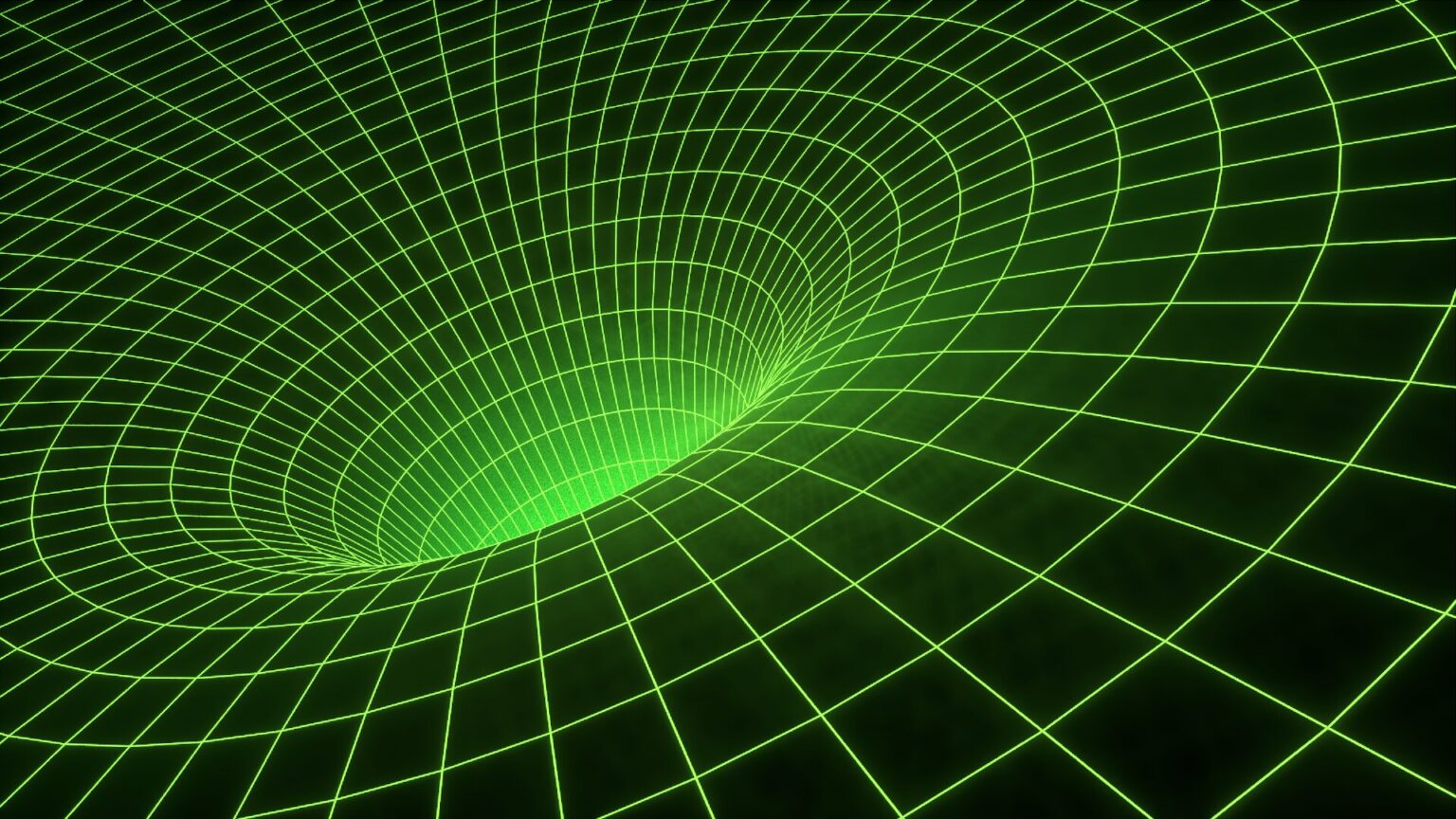New research on gravitational anomalies in space suggests that the current theory of gravity, based on the classical understanding of Einstein’s theory of relativity, may be wrong. Instead, the scientists suggest turning to another concept known as modified Newtonian dynamics.

Investigation of gravitational dynamics at low accelerations
Wide binary stars as direct naturalists of gravity at low accelerations, weaker than 1 nanometer per second squared, are hotly debated. The nature of gravitation at such small accelerations is extremely important because the concept of dark matter, gravitational dynamics of astrophysical systems, fundamental theories of physics and cosmology are inseparably connected with it.
For example, deviating from the Newtonian expectation at such low accelerations would require modification or extension of Einstein’s general theory of relativity, despite all its successes outside the low-acceleration regime.
Two recent independent studies led by Kyu-Hyun Chae and Xavier Hernandez claim that the statistical properties of wide binary stars based on the European Space Agency’s latest Gaia database deviate from Newtonian expectations, agreeing with the predictions of modified theories, which is called modified Newtonian dynamics (MOND, sometimes also called Milgromian dynamics), introduced 40 years ago by Mordehai (Moti) Milgrom.
Disruption of Newtonian gravity at low accelerations would mean a scientific revolution, the full implications of which are immeasurably far-reaching. Given this importance and taking into account other contradictory claims, Chae conducted a new analysis to address all the issues raised to date, in particular the problems associated with the particular low-acceleration gravitational anomaly obtained by himself.
Gravity anomaly
In order to do this, Chae considered a full range of samples, including various fractions of hierarchical systems where the dual system had an invisible nested inner binary system, and applied various methods covering essentially all the methods published so far, including the method used by some researchers to argue for a gravitational anomaly.
The study was published in The Astrophysical Journal on September 9, 2024. “To some extent, it was my obligation to the science community to carry out this new work. I had to clarify the issues and challenges raised to my claimed conclusion and explain the causes of the divergent claims by others,” says Chae.
Chae found that all methods with different samples gave consistent results. The magnitude of the gravity anomaly, first detected last year, seems reliable.
Chae said, “The gravitational anomaly is clearly imprinted in the data. One cannot remove it. It is mysterious to many scientists why gravity is boosted by about 40% when the internal acceleration between the orbiting pair of stars is weaker than about 0.1 nanometer per second squared. However, the presence and the degree of the gravitational anomaly were, in fact, predicted by MOND or Milgromian dynamics.”
Like Newton’s universal law of gravitation and Einstein’s general theory of relativity, MOND satisfies the universality of free fall (also known as the weak equivalence principle), which is known to be first proposed by Galileo Galilei during experiments on the leaning tower of Pisa.
Modified Newtonian dynamics
Newton and Einstein moved even further and adopted (unknowingly or knowingly) the strong equivalence principle, according to which the internal dynamics of a gravitational system free-falling in a nearly constant external field is independent of the external field. In contrast, MOND doesn’t postulate the strong equivalence principle and considers theoretical possibilities free of it.
Thus, although it is expected that wide binaries free-falling under the outer field of the Milky Way obey Kepler’s laws according to the theories of Newton and Einstein, MOND predicts that the internal motion of wide binaries deviates from the Newton-Einstein prediction by a Milky Way magnitude of about 0.2 nanometers per second squared. It is about 40 percent, according to the new study, which is consistent with preliminary results.
Justification of the new theory
While these consistent results are impressive, unlimited replications and confirmations are needed to make the gravitational anomaly a true scientific fact. In addition, the gravitational anomaly reported should be consistently better characterized to provide useful constraints on theories.
Researchers are looking for new data and better methodologies to do so. In particular, existing research results have been obtained using only sky-projected stellar transverse velocities, as the line-of-sight velocity components have not yet been accurately measured. Researchers, including Chae, are considering new measurements of the velocities of stars within line-of-sight.
According to phys.org


